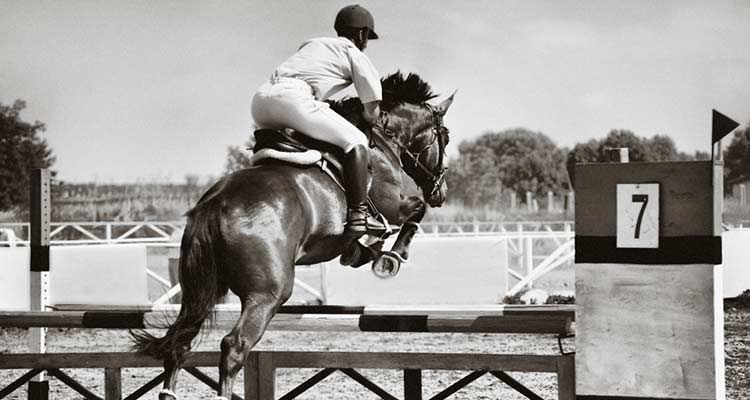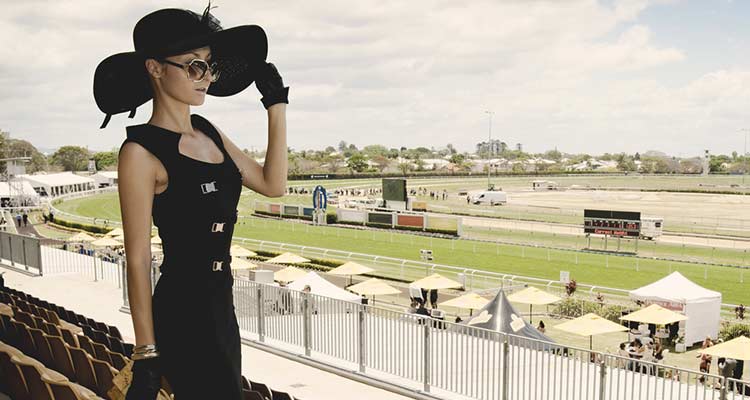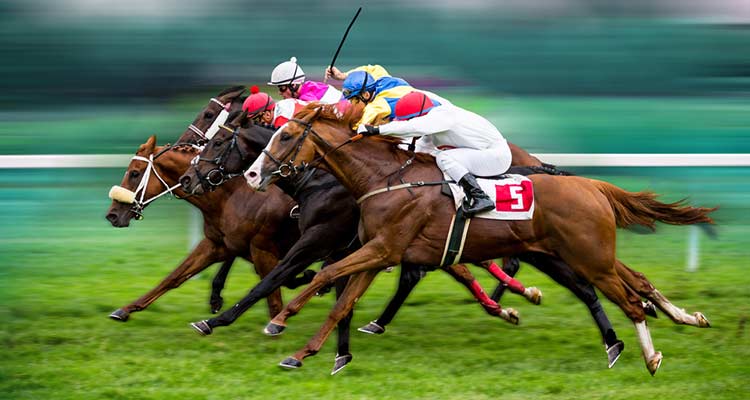The origin of horse racing dates back to 450 BC. It is believed that prehistoric tribes living in Central Asia kept domestic horses. It was in such an environment that competitions were first held. Their essence was that man and horse teamed up to complete a task. The latter means that even at a time when people were not actually keeping score yet, equestrian competitions were already a sport. Moreover, it was a sport that was part of the culture of the civilizations that inhabited Central Asia and the Mediterranean.
Modernity
Despite the fact that from a historical point of view equestrian sport has long been the exclusive prerogative of the nobility, in today’s world it is the favorite in terms of attendance. In the U.S., only baseball contests have a greater number of spectators.
So it has long been a mystery as to what it is that makes people leave their homes and rush to the tracks to watch the jockeys handle the horse. What is the mysterious power of horse racing that draws not only stadiums, but audiences in pubs and bars around the world. Some believe the allure lies in the horseman’s skill with the horse. However, almost everyone agrees that the spread of betting companies gave a second wind to the sport.
It is known that in Japan for a year can be held 288 competition days. On average, during this period, users won about 384 million yen.

It is worth noting that because of the identification of equestrian sport with the work of bookmakers and bettors in the last century, sport in many countries, particularly in the United States, was severely oppressed.
Ascot – a racetrack with a history
Ascot is one of the largest and most famous racecourses in the world. However, it is most interesting as an example of how the history of not only racetracks, institutional horse racing, but also bookmaking in Great Britain developed and began.
So, its history begins in 1711, which is when Queen Anne first saw the potential in the maintenance of racecourses. The opening took place in August of the same year. It is known that seven horses took part in the first race. The race was supposed to have three separate races.
Since 1744 Ascot began to employ special ceremonial guards for members of the royal family.
By the advent of 1752, the popularity of the racetrack had grown considerably. It was even said that at the time of the horse races the capital of Great Britain – London – was completely devastated.
In 1783 jockeys were allowed to wear the clothes of their own choice. However, because of the confusion with the results of the races the decision was canceled and the jockeys had to be dressed in colors matching the uniform of the horses. At the same time the colors of each jockey’s uniform are unique. When creating the outfits for the races they are allowed to choose from 18 color variations. There is a register of already used combinations.

Throughout the history of the hippodrome, certain dress code rules have been and still are in effect. Earlier, the rules were even excessively strict. The first rule in this regard was established at the beginning of the 19th century. Men were required to wear a black fitted coat, pantaloons, and white ties.
In today’s world, it is known how the Royal Ascot began to take shape in 1807. It is about the winner’s trophy, the analog of which is awarded to this day.
In 1813 a fateful decision was made for the hippodrome – it became known that despite the fact that the facility was part of the royal family’s property, its status would be preserved for future generations under all circumstances.
A few years later it was decided to build a separate royal box, which could only be accessed with the permission of the monarch. Emperor Nicholas I was once invited to this lodge. The rule of admission by invitation is still in force today.
As part of the competition, it is customary to hold a royal procession – the arrival of the monarch’s family on horse-drawn carriages.

Nowadays, Ascot jockeys are highly skilled professional athletes, but in the 19th century, when the industry was still in its infancy, there were no clear regulatory rules. Nevertheless, the spectators, seeing an 11-year-old boy as a rider, were truly stunned.
The turning point in the history of the hippodrome was the building of the railroad to the area. While previously the nobility had come in private chariots and the working class had come on foot, the existence of the railroad brought life to the racetrack. Spectacles became truly massive.
Today, the lawns and the Ascot track are considered an almost sacred place, but few modern day regulars can imagine that sheep were once herded on this spot in between races.
The history of bookmaking, to the point of which we have traced its beginnings, begins in 1920. In addition to the competitions themselves, the buzz and importance of what was going on was provided by the first bookmakers. Tellingly, until the end of the First World War, bookmaking was the prerogative of men. However, Helen Vernet turned the tide of history by being the first to obtain a betting license. Although little known in the history of bookmaking, Ascot folklore preserves her memory.
Nowadays, anyone can become a visitor to the racetrack, but it was not always like that. For example, in 1859, a ban was imposed, according to which the hippodrome could no longer be visited by the fair sex. It is interesting that nominally divorced men were allowed to enter, but none of them could be present in the royal box.
The introduction of “steeplechase” against all odds took place in 1965, and competitions of this kind are still held today.

In the 1970s, a tradition was established whereby the public is entertained with singing in the evenings after competition days. The repertoire belongs to the British classics and is unchanged.
The exploits of jockey Frank Dettori were so immense that the organizers of the competition decided to immortalize him in the form of a statue. The latter is placed near the Parade Ring.
In addition to the number one fleet of cars in Great Britain, Ascot is known for stunning picnics – candelabras, butlers, and silverware, all in 2006. The Hippodrome competition was voted the most popular picnic spot in England.
In 1961 the grandstand of Queen Elizabeth II was opened, and £1 million was spent on its creation. In 2004, the hippodrome was closed due to reconstruction, and the grand opening two years later was held in the personal presence of the Queen. Since her accession to the throne, the Queen has been the permanent patron of Ascot Royal.
Conclusion
The horse racing industry has a long and fascinating history, all described above on the example of just one, albeit the greatest object, eloquently testifies to this. And despite the fact that the sport is particularly popular in Great Britain, it should not be forgotten that the audience that the competitions attract is truly colossal.
